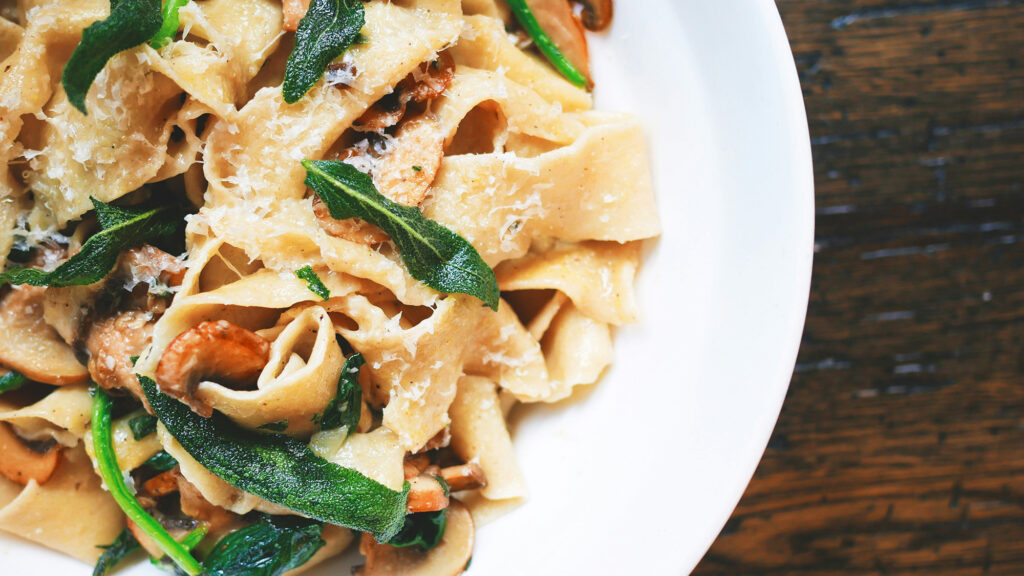Broken wheat, also known as Dalia, has a low glycemic index of 41, which means it is less likely to cause a rapid increase in blood sugar levels. Broken wheat is also a good source of protein, which can help regulate blood sugar levels and improve insulin sensitivity. Protein stimulates insulin release, which helps transport glucose into cells, where it can be used for energy.
Strategic Consumption of Broken Wheat for Optimal Glucose Control
• Try pairing broken wheat with protein-rich foods like paneer or chicken to slow digestion and prevent a sudden spike in blood sugar levels.
• You can add fibre-rich vegetables to broken wheat, which can help you reduce fluctuations in blood sugar levels.
• Including a source of healthy fat like ghee can further slow down glucose absorption and help regulate blood sugar levels.
• While broken wheat is a nutritious food, it does contain carbohydrates, so you should also watch your portion sizes.
Broken wheat has a low glycemic index due to its high fibre content and complex carbohydrate structure. This means it is digested and absorbed more slowly, leading to a slower rise in blood sugar levels. Additionally, the fibre in broken wheat can help improve insulin sensitivity, which plays a key role in glucose metabolism. Overall, consuming broken wheat in moderation and as part of a balanced diet can positively impact glucose metabolism.







